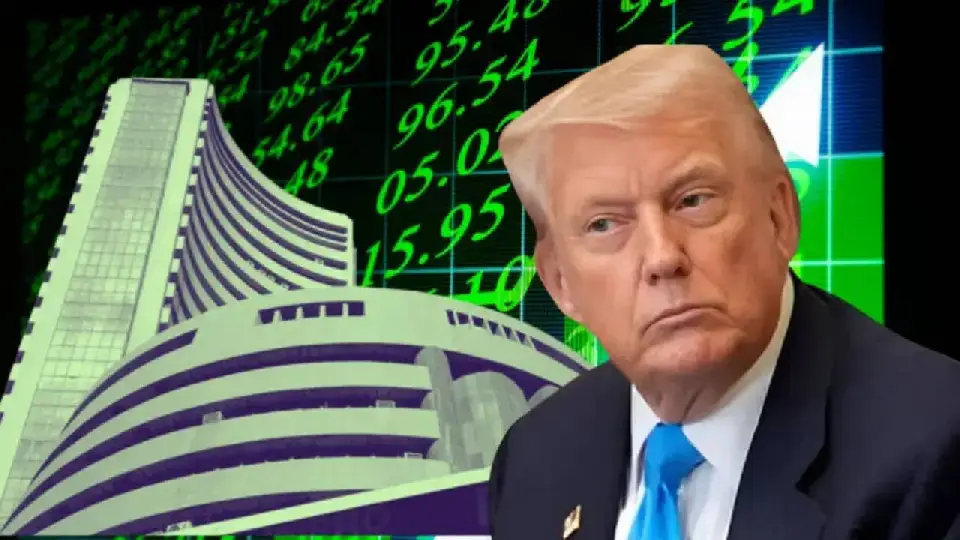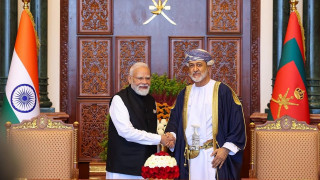
trump
Business News: The Indian stock market witnessed a slight decline on Thursday after US President Donald Trump announced 25% tariffs and an extra penalty on India. Despite initial weakness in Nifty 50 and BSE Sensex, the market recovered quickly and rose more than 700 points from the day's low. Surprisingly, this policy of Trump did not affect the Indian stock market as expected. Let us understand the reasons behind this and the strength of the market.
The tariffs, which come into effect from August 1, have established India as a key Asian focus of the Trump administration. The 25% tariff imposed on India is much higher than those imposed on Vietnam (20%) and Indonesia and the Philippines (19%). "On July 30, the US imposed a 25% tariff on all Indian exports, putting $81 billion of trade at risk.
The move is expected to squeeze margins for sectors such as pharmaceuticals and textiles and could have a negative impact of 0.3-0.4% on India's GDP growth," said Narendra Solanki, head of fundamental research at Anand Rathi Shares and Stock Brokers.
Market experts believe that foreign institutional investors (FIIs) have already taken into account the impact of tariffs. In the last eight days of selling, FIIs sold shares worth about Rs 25,000 crore, yet the market remained stable. Solanki further said, "Weakness in the rupee may partially reduce the margin pressure of Indian exporters. This announcement is a test of India's strategy, which protects its economic interests while maintaining a balance in global relations. India may try to reduce tensions through talks, but its stance is unlikely to change."
"The high tariff rate of 25% may be temporary and may be reduced in the future. India is in the process of reaching a comprehensive trade agreement with the US, which is possible by the end of 2025," said Nomura economist Sonal Verma. The Indian government has focused on a thorough evaluation rather than rushing to strict deadlines. Brokerage firms believe that the visit of the US trade delegation to India in late August may increase the possibility of tariff reduction, and the final rate may be up to 15-20%.
"This tariff is part of Trump's typical negotiation strategy, and a deal could be struck at a tariff rate of 20% or less," said Dr. VK Vijayakumar of Geojit. He advised investors to keep an eye on Nifty's support level of 24,500 and buy on dips in private banking, telecom, capital goods, cement, hotels, and select auto sectors. "Tariffs will have little impact on earnings recovery in the second half of FY26, as financial, consumption, and technology sectors will remain unaffected," assured Madhavi Arora, economist at Emkay.










Copyright © 2025 Top Indian News
